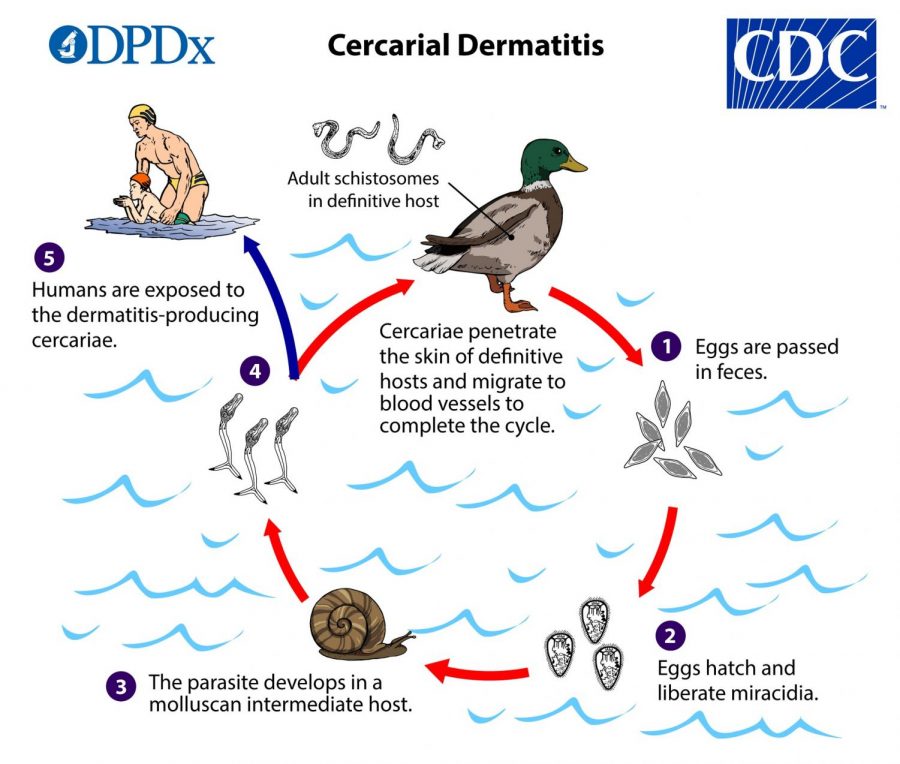

Consequently, cercarial dermatitis is now regarded as an emerging disease. Although the first report of cercarial dermatitis was from Mysore, Karnataka, in 1948, the condition has been subsequently reported in hitherto unknown regions such as the Doon Valley of Uttarakhand, with similar trends reported worldwide. Freshwater species of Schistosoma, marine species of Austrobilharzia and Ornithobilharzia, and freshwater/marine species of Trichobilharzia, Gigantobilharzia, Anserobilharzia, Allobilharzia, and Dendritobilharzia have been implicated. Swimmer's itch (Syn: Schistosome dermatitis, cercarial dermatitis, and clam-digger's itch)Ĭause: Cercarial dermatitis is a condition that occurs in both marine and freshwater habitats caused by mammalian and avian schistosomes of family Schistosomatidae. A sizeable section of the population is thus exposed to the aquatic environment and its potential effects. Most major cities of India are located on the banks of rivers that provide livelihood to a large number of people. Eight major rivers and numerous tributaries crisscross about 15,000 km of the Indian landmass.

An estimated 4 million fishermen depend on the seas for their livelihood. Its coastal biodiversity encompasses marine algae, seagrasses, mangroves, and aquatic animals including crustaceans, echinoderms, reptiles, pisces, and mammals. India has a long coastline measuring 7516.6 km bordering nine states and four union territories its 73 coastal districts are home to 14.2% of her total population. Since the beginning of time, the aquatic environment has shaped the very character of our planet and has profoundly influenced human civilization. The Aquatic World: Water constitutes two-thirds of the surface area of our planet. “All is born of water, all is sustained by water” Goethe


 0 kommentar(er)
0 kommentar(er)
